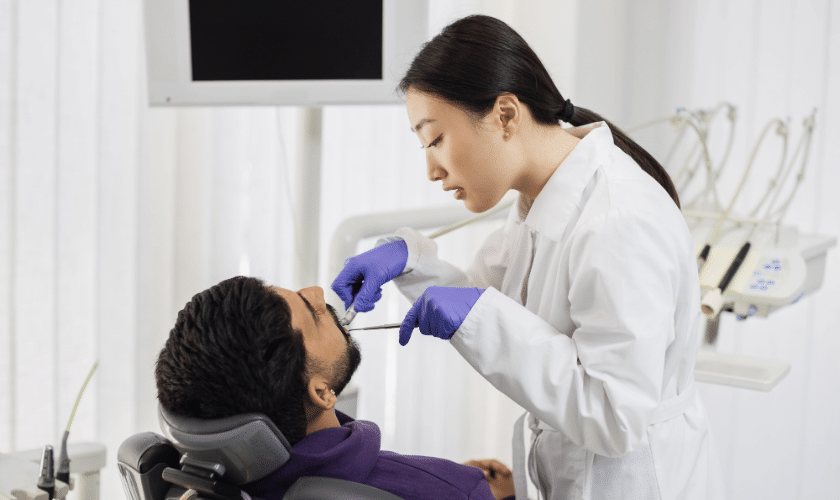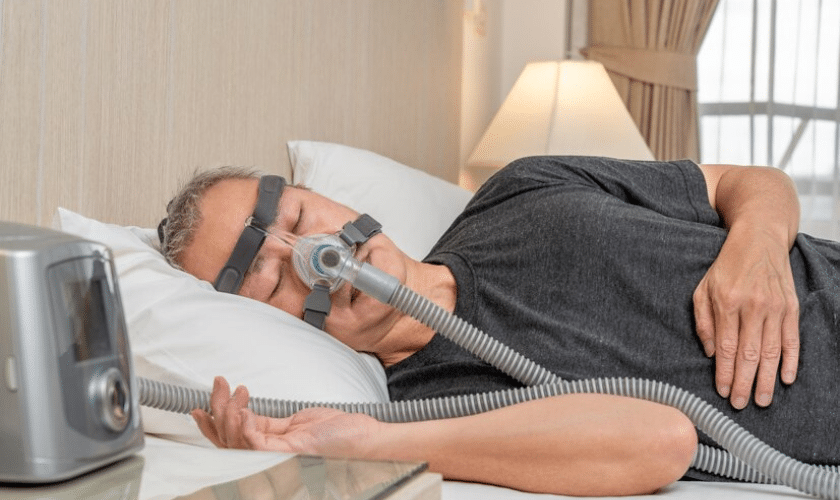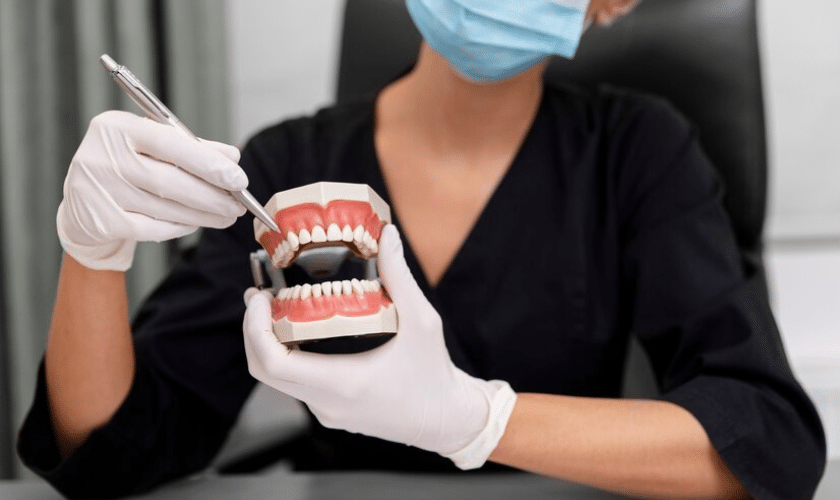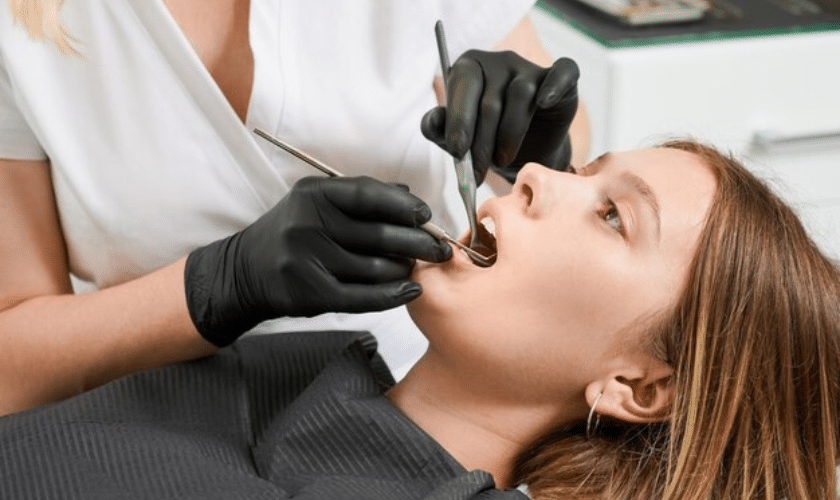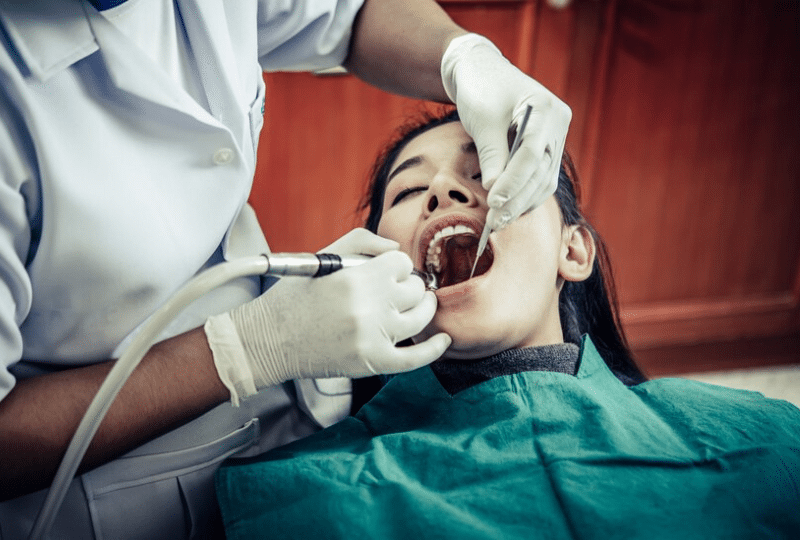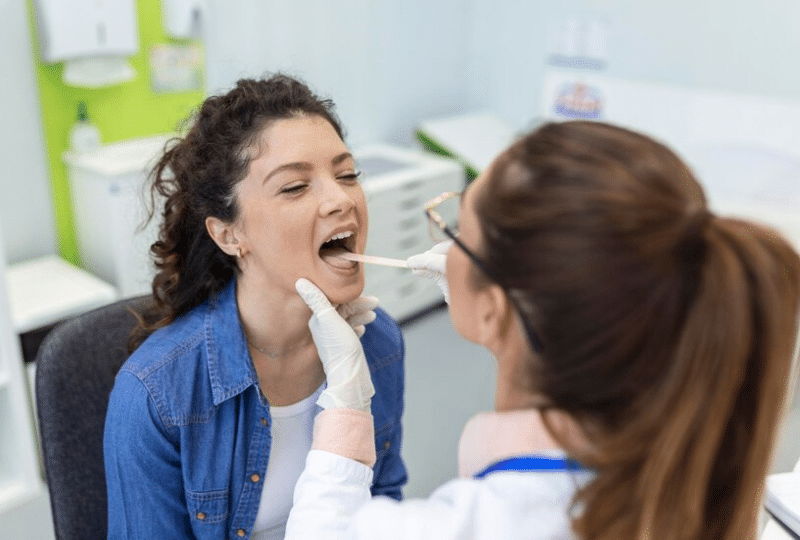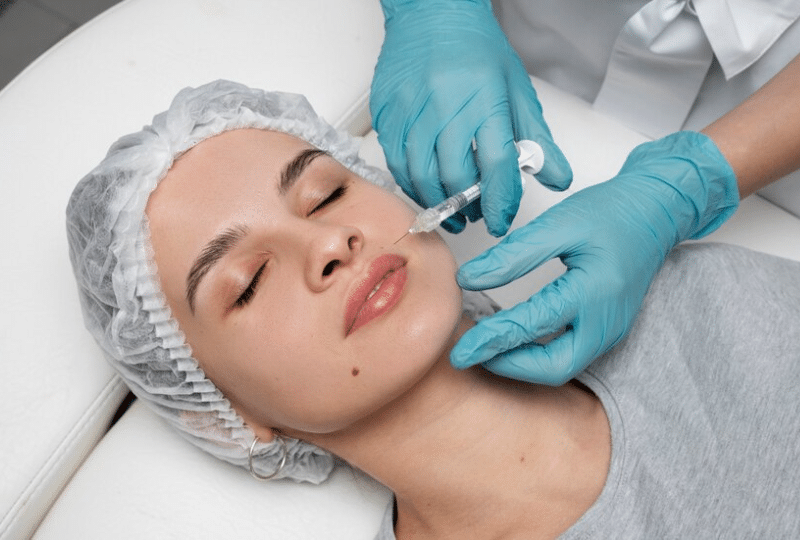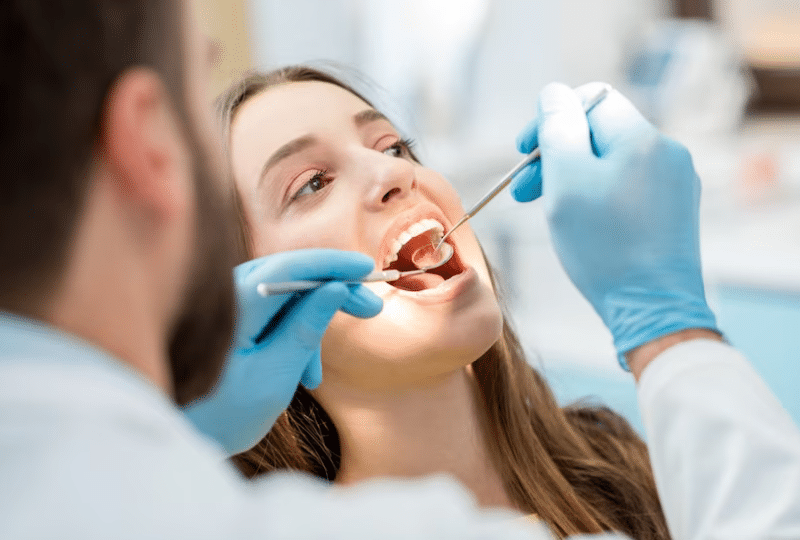In the realm of restorative dentistry, dental onlays play a pivotal role in preserving and enhancing oral health. These custom-made prosthetics are designed to repair damaged or decayed teeth, offering a durable and aesthetically pleasing solution. Whether you’re familiar with dental procedures or seeking to understand more about your oral health options, delving into the world of dental onlays can illuminate the significance they hold.
The Basics of Dental Onlays
Dental onlays also referred to as partial crowns, are restorative devices used to repair teeth that have experienced moderate to severe decay or damage. Unlike fillings, which are molded into place during a dental visit, onlays are fabricated in a dental laboratory before being bonded to the affected tooth. This process ensures a precise fit and optimal functionality.
How Dental Onlays Differ from Other Restorations
Fillings vs. Onlays
While traditional fillings are typically composed of amalgam or composite resin and applied directly to the cavity, onlays offer a more extensive restoration. Onlays cover a larger portion of the tooth’s surface, providing additional strength and support.
Onlays vs. Crowns
Unlike crowns, which encase the entire tooth, onlays are more conservative in their approach. They preserve more of the natural tooth structure while still effectively restoring its function and appearance. This makes them a preferred option for cases where the damage isn’t extensive enough to warrant a full crown.
The Process of Getting Dental Onlays
Initial Consultation
The journey towards dental onlays begins with a thorough examination by a qualified dentist. During this initial consultation, the dentist will assess the extent of damage to determine if an onlay is the most suitable treatment option.
Tooth Preparation
If an onlay is deemed appropriate, the dentist will prepare the affected tooth by removing any decayed or damaged areas. This step ensures that the onlay will fit snugly and securely onto the tooth’s surface.
Impression Taking
Once the tooth is prepared, an impression or mold is taken. This impression serves as a blueprint for crafting a custom-fit onlay that seamlessly blends with the rest of the teeth.
Temporary Onlay Placement
While the permanent onlay is being fabricated in the dental laboratory, a temporary onlay may be placed to protect the tooth. This temporary restoration maintains functionality and aesthetics until the final onlay is ready for placement.
Bonding the Onlay
Once the permanent onlay is ready, it is carefully bonded to the tooth using dental cement. The dentist ensures proper alignment and fit before securing the onlay. Any final adjustments are made to ensure optimal comfort and functionality.
Benefits of Dental Onlays
Preservation of Tooth Structure
One of the primary advantages of dental onlays is their conservative approach to treatment. By preserving more of the natural tooth structure compared to crowns, onlays promote long-term dental health and stability.
Durability and Strength
Dental onlays are fabricated from high-quality materials such as porcelain or composite resin, making them incredibly durable and resistant to wear and tear. With proper care and maintenance, onlays can last for many years and provide reliable functionality.
Aesthetic Appeal
In addition to their functional benefits, dental onlays are also valued for their aesthetic appeal. These custom-made restorations are carefully crafted to match the color, shape, and texture of the natural teeth, ensuring a seamless and natural-looking smile.
Aftercare and Maintenance
To ensure the longevity of dental onlays, it’s essential to practice good oral hygiene habits, including regular brushing, flossing, and routine dental check-ups. Avoiding hard or sticky foods can also help prevent damage to the onlays and surrounding teeth.
In the realm of restorative dentistry, dental onlays offer a conservative yet effective solution for repairing damaged or decayed teeth. Their ability to preserve natural tooth structure while providing durability and aesthetic appeal makes them a valuable asset in achieving optimal oral health. If you’re in need of restorative dental care, consult with a qualified restorative dentist in Oak Park to explore the benefits of dental onlays and other treatment options tailored to your needs.

